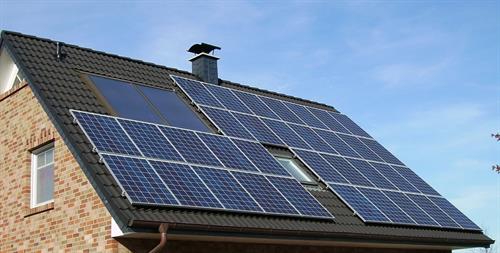
This week, the National Reverse Mortgage Lenders Association reported that home equity levels for homeowners 62-and-older grew by 2.7 percent, or $104 billion, in the first quarter to a record $7.14 trillion from Q4 2018.
This gain was mainly driven by increases in senior home values, including an estimated increase of 0.8 percent in the senior home-owning population, and $6.5 billion increase in a special type of mortgage, known as “reverse mortgages.”
To date, nearly 1.12 million households have utilized reverse mortgage debt in order to help pay for living and other expenses. However, while reverse mortgages may seem like a good deal – allowing seniors (62 and up) to borrow against the equity in their home without having to make monthly principal payments until the house is sold or the borrower passes away – they can sometimes be, “too good to be true.”
A 2017 article by the Washington Post, describes how an “increasing number of seniors are facing foreclosure after taking out reverse mortgages, either because they fell behind on property charges or failed to meet other requirements of the complex mortgage loans.”
Reverse mortgage loans mainly target those in need of a cash infusion, which makes these borrowers more likely to be late, or entirely miss their property tax and insurance payments. (Regardless of what type of mortgage homeowners have, if a homeowner does not pay property tax and home owners insurance, foreclosure is inevitable.)
Of the 636,000 loans that were on the market in 2017, the Post notes that a little more than 90,000 were in jeopardy of going into default.
Older homeowners can easily be wooed into this scheme due to the attractive, celebrity driven sales ads on TV, or due to an immediate need for cash.
How does it work?
Lenders appraise the value of the home and allow owners to borrow money against that market valuation. However, even though borrowers don’t make monthly mortgage payments, they still must pay property taxes, insurance, and eventually, the interest on the principal balance.
And before the Housing and Urban Development Agency changed the rules in 2015, reverse mortgages required no credit check.
According to USA Today, “reverse mortgages [used to be] relatively safe, because the borrower is insulated from ever owing more than the initial appraised value of their home,” but that changed in the early 2000s when lenders began issuing lump sum payments to borrowers.
Thus, when the recession hit in 2008, more Americans needed financial help, all the while property values sank, which meant that loan balances soared past the market value of the homes that were foreclosed.
Today, HUD has placed tighter restrictions on reverse mortgages in order to reduce the default rate, but there are still thousands of troubled loans still in the market. HUD estimates that more than 18 percent of reverse mortgage loans taken out from 2009 to 2016 are expected to go into default because of unpaid taxes and insurance, compared to 3 percent of traditional mortgage loans.
If those stats keep up, some more restrictions and reversals of the reverse-mortgage trend should be coming down the pike.
